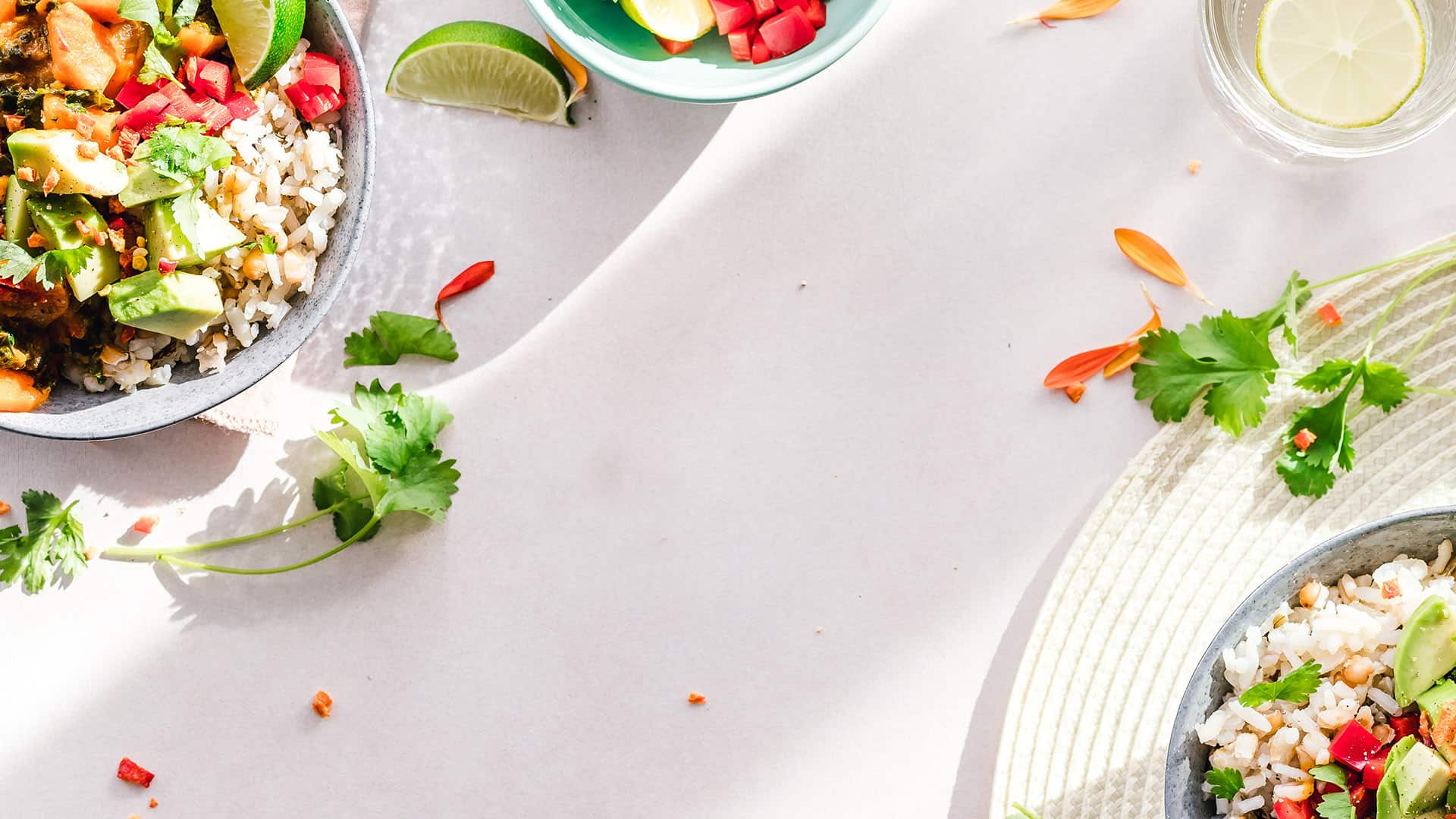

Unicamp researchers optimize soy-rice blend for plant-based burgers
A team of researchers at the Universidade Estadual de Campinas (Unicamp) in São Paulo, Brazil, has identified promising new ingredient ratios for textured vegetable proteins (TVPs) in plant-based burgers by partially replacing soy with rice protein concentrate (RPC). The study, published in ACS Food Science & Technology, aimed to address the functional and sensory challenges of meat analogs by improving TVP characteristics through extrusion processing.
TVPs are commonly used in the formulation of plant-based meats due to their fibrous texture and ability to mimic animal protein. Soy protein isolate (SPI) is the traditional base due to its affordability, gelling properties, and wide availability. However, concerns regarding soy’s allergenic compounds and potential hormonal effects have driven interest in alternative sources such as rice protein.
“Rice protein has a higher biological value, lacks beany flavor, and is more digestible than soy,” the authors explained. “Its amino acid profile complements that of soy, making it an excellent candidate for blend formulations.”
Led by Caroline Joy Steel, the research team used a low-moisture extrusion technique to create TVPs with varying ratios of SPI and RPC and tested how these ingredients behaved under different moisture levels. Their goal was to find a formulation that yielded burgers with suitable texture, appearance, and structural integrity during cooking.
The team employed a central composite rotatable design (CCRD) to assess the impact of two variables: the percentage of RPC replacing soy and the feed moisture content. Results showed that it was not feasible to use 100% rice protein due to its limited gelling capacity, which is essential for texturizing proteins during extrusion.
Texturization during extrusion depends on thermal and mechanical energy, as well as the interactions between protein molecules. Soy proteins, which form strong gels, help form structured, fibrous matrices. Rice proteins, on the other hand, are less cohesive. As a result, mixtures with more than 50% RPC failed to achieve the required textural properties.
“Maintaining at least 50% soy protein in the mix was necessary to ensure successful extrusion,” the study concluded.
Moisture content during extrusion also played a critical role. Higher feed moisture levels led to increased water retention in the TVPs, which affected drying time, texture, and overall product structure. Specifically, RPC concentrations between 20% and 30% required the longest drying times, likely due to the presence of hydrophobic amino acids in rice protein, which reduced water release.
The physical properties of the resulting TVPs – such as firmness, density, and expansion – were directly influenced by the balance of ingredients. Higher moisture and RPC levels resulted in denser and firmer TVPs with lower expansion, which can impact burger performance. Firmness, for example, is important for burger bite and mouthfeel, while expansion is linked to water absorption and texture.
The team found that intermediate levels of RPC (10 to 20%) and feed moisture content (20 to 25%) produced TVPs that were more balanced in terms of hydration capacity, texture, and density. These formulations resulted in plant-based burgers with better cooking performance and structure retention.
When used in burger prototypes, TVPs made with extreme values – either too much RPC or too much moisture – produced patties that lacked cohesion and fell apart during cooking. In contrast, TVPs made with 7% RPC and 18% moisture (E1), 25% RPC and 16% moisture (E7), and 25% RPC and 23% moisture (E10) showed the best combination of qualities. These burgers were comparable in sensory and physical characteristics to those made with commercial textured soy protein.
The research also looked at texture profile analysis (TPA), measuring properties such as hardness, springiness, cohesiveness, and chewiness. Burger E1, made with low RPC and moisture, demonstrated higher elasticity and cohesiveness, while E10 showed better chewiness, attributed to its slightly higher moisture facilitating stronger protein interactions.
Weight loss and cooking yield were also analyzed. E6, made with 50% RPC and 23% moisture, showed the highest yield at 98.3%, while E1 and E7 had yields closer to 85%. Despite the yield advantage, E6 was not suitable for burger formulation due to poor texture and cohesion.
According to the authors, “Extreme conditions such as high RPC (>40%) and high feed moisture (>28%) did not produce TVPs with adequate properties for burger applications.”
The study was funded in part by the Good Food Institute Brazil and the Coordination for the Improvement of Higher Education Personnel (CAPES), with support from the National Council for Scientific and Technological Development (CNPq). The authors include Bruna dos Reis Gasparetto Cruz, Victor Guilherme Sebastião, Renato Henrique Florêncio Teixeira, Janiele Ferreira da Silva, Marise Aparecida Rodrigues Pollonio, Ana Carla Kawazoe Sato, and Caroline Joy Steel.
The findings contribute to ongoing efforts to improve plant-based meat products by offering a clearer understanding of how alternative protein blends can be optimized through precise extrusion techniques.
If you have any questions or would like to get in touch with us, please email info@futureofproteinproduction.com


-p-800.jpg)



